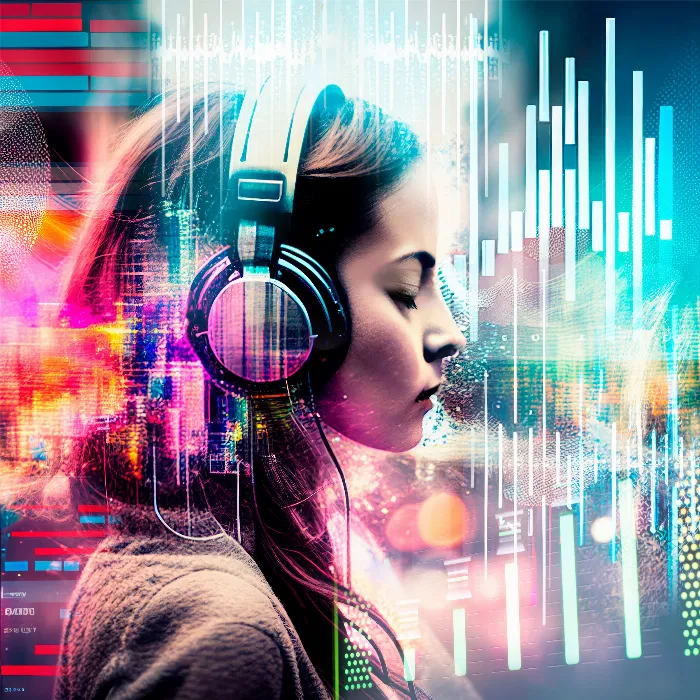In this tutorial series, I will show you how you can significantly improve the sound quality of your audio recordings with simple techniques and clever tricks. Whether you're a YouTuber, podcaster, or just a hobby filmmaker - high-quality sound is crucial for the professionalism of your content. With nearly two decades of experience, I have learned a variety of tools and methods that will help you get the best sound from your recordings even on a limited budget. Let's elevate your audio quality to a new level together!
Key Insights
- A good microphone is only half the battle. The space in which you record also plays an important role in sound quality.
- With the right hardware and software, you can achieve excellent clear sound even with inexpensive microphones.
- There are practical tools that can optimize existing recordings without the need for re-rendering.
- AI-powered software can help significantly improve the sound.
Step-by-Step Guide
1. The Room
Before you start recording, pay attention to the space in which you are working. A simple room often has reverberation and echo, which can negatively impact the sound. It is advisable to record in a room with carpets, curtains, or other sound-absorbing materials to prevent sound reflections.
2. Choosing the Microphone
Cheap microphones don't have to be bad. With the right settings and post-processing options, you can achieve good results even with a €20 microphone. Make sure to choose a microphone that suits your recording style - whether it's a dynamic or condenser microphone.
3. Using AI Tools
There are now a variety of AI-powered tools that can help optimize the sound of your recordings. This can be done through noise reduction or sound enhancement. I recommend trying out some of these tools to get the most out of your equipment.
4. Using Acoustic Absorbers
To minimize reverberation in your recording space, you can use special acoustic absorbers. These help to dampen sound waves and thus provide a clearer, less reverberant sound. This can be a simple and effective solution in many cases.
5. Post-Production
Have you already recorded a video but the sound doesn't sound optimal? Don't worry! You can also optimize the sound afterwards. There are software solutions that allow you to edit the sound of your recordings without having to re-render the entire video. Use this feature to quickly and efficiently achieve good sound.
6. Further Optimizations
Whether you are new to audio production or have experience, there is always room for improvement. Test different microphone positions, experiment with different room acoustics, and continually educate yourself on new tools and techniques.
Summary
In this tutorial, you have learned that the sound quality of your recordings depends on various factors. By choosing the right microphone, using acoustic absorbers, and applying AI tools, you can achieve great results even with a small budget. With the right techniques and practice, you will be able to significantly improve the sound of your audio files.
Frequently Asked Questions
Are expensive microphones always better than inexpensive ones?Not necessarily. Cheap microphones can deliver good results with the right technique.
What can I do to reduce reverberation in a room?Use sound-absorbing materials or special acoustic absorbers.
How can I improve the sound of my already recorded videos?Use post-production software to optimize the sound without re-rendering.
Do I need special software for audio post-production?There are many good, user-friendly programs suitable for audio post-production.
How important is the room for sound quality?The room has a significant impact on sound quality. Sound-absorbing materials are helpful.

